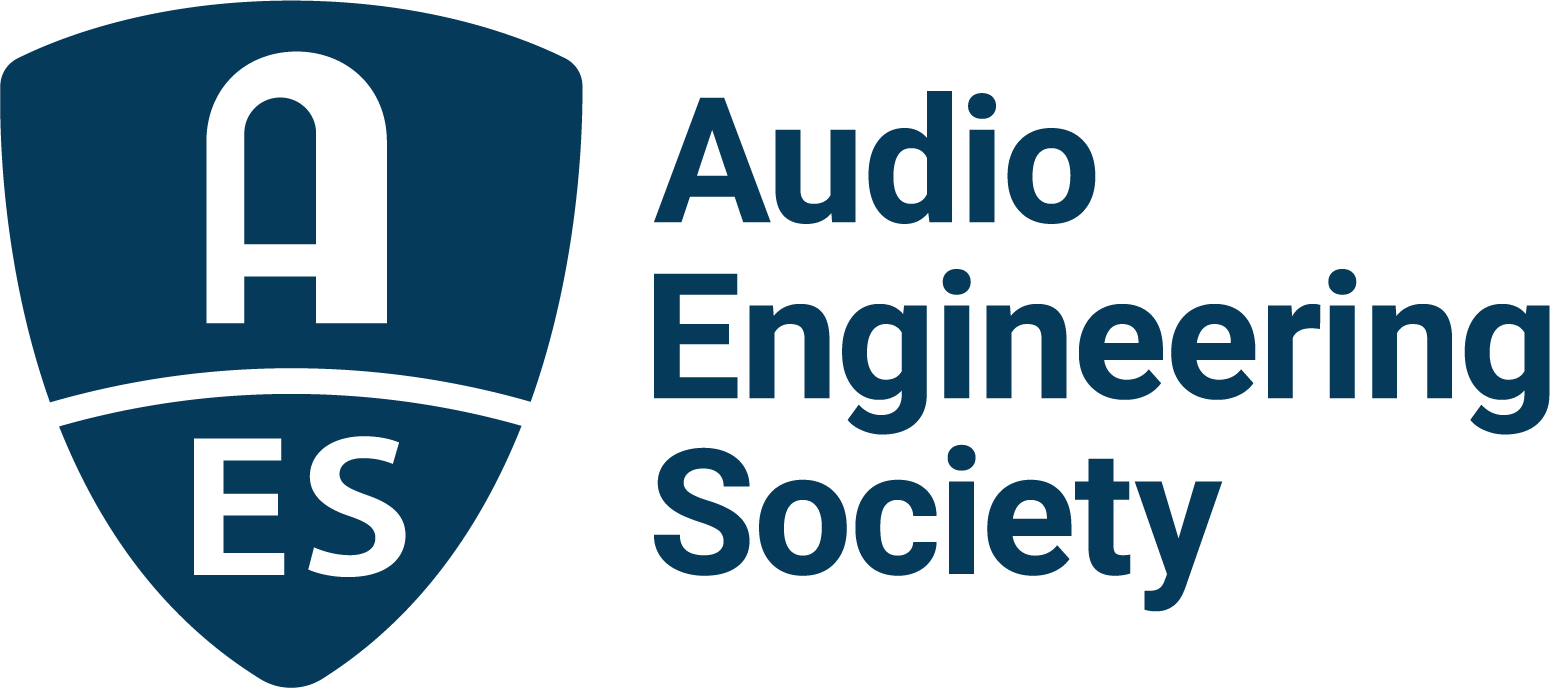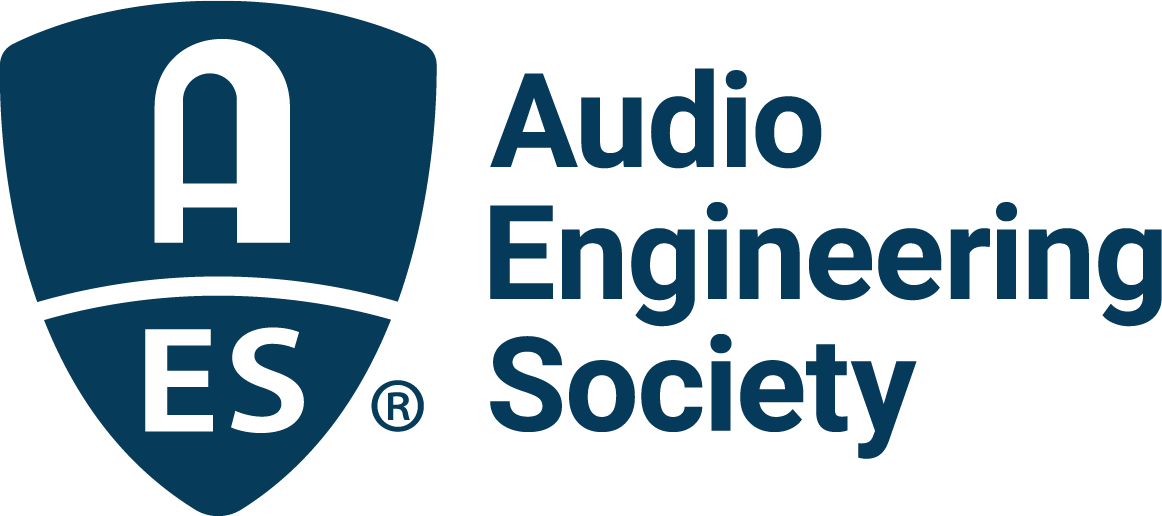

Status
Location
Organizer

AES
The Audio Engineering Society's mission is to promote the science and practice of audio by bringing leading people and ideas together.
Location
There are many events that are held online throughout the year.

Organizer
AES
The Audio Engineering Society's mission is to promote the science and practice of audio by bringing leading people and ideas together.
Date
- Jun 10 2025
Time
- 7:00 pm - 8:30 pm
AES United Kingdom Section – What made the Dolby Noise Reduction System so successful?
Love it or hate it, the Dolby noise reduction system had a significant impact on sound recording practice.
Even nowadays, in our digital audio workstation world, Dolby noise reduction units are used as effects processors.
When the system first came out in the 1960s, there were other noise reduction systems.
However the Dolby “Model A” noise reduction system, and its successors, still became dominant. So what was it about the Dolby system that made it so successful?
This tutorial will look in some detail into the inner workings of the Dolby A Noise reduction system to see how this came about.
Dolby made some key technical decisions in his design that worked with the technology of the day to provide noise reduction that did minimal harm to the audio signal and tried to minimise any audible effects of the noise reduction processing. We will examine these key decisions and show how they fitted with the technology and electronic components of the time.
The tutorial will start with a basic introduction to complementary noise reduction systems and their pros and cons. We will then go on to examine the Dolby system in more detail, including looking at some of the circuitry.
In particular, we will discuss:
1. The principle of least treatment.
2. Side chain processing.
3. Psychoacoustic elements.
4. What Dolby could have done better.
Although the talk will concentrate on the Model 301 processor, if time permits, we will look at the differences between it, and the later Cat 22 version.
The tutorial will be accessible to everyone, you will not have to be an electronic engineer to understand the principles behind this seminal piece of audio engineering history.
Time above listed in event local time.
